如何确保 API 的稳定性与正确性?你只需要这一招
一、什么是 rest-assured 现在,越来越多的 Web 应用转向了 RESTful 的架构,很多产品和应用暴露给用户的往往就是一组 REST API,这 样有一个好处,用户可以根据需要,调用不同的 API,整合出自己的应用出来。从这个角度来讲,Web 开发的成本会越来越低,人们不必再维护自己的信息孤岛,而是使用 REST API 这种组合模式。
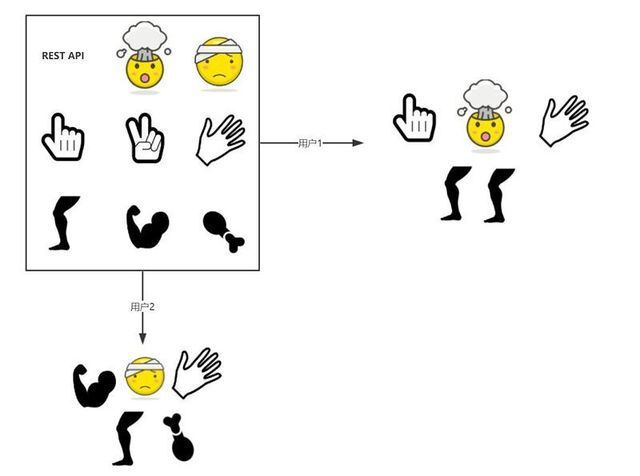
那么,作为 REST API 的提供者,如何确保 API 的稳定性与正确性呢?全面系统的测试是必不可少的。Java 程 序员常常借助于 JUnit 来测试自己的 REST API,不,应该这样说,Java 程序员常常借助于 JUnit 来测试 REST API 的实现!从某种角度来说,这是一种“白盒测试”,Java 程序员清楚地知道正在测试的是哪个类、哪个方 法,而不是从用户的角度出发,测试的是哪个 REST API。
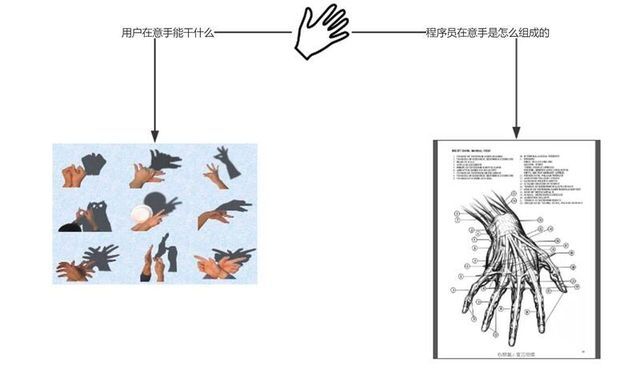
Rest-Assured 是一套由 Java 实现的 REST API 测试框架,它是一个轻量级的 REST API 客户端,可以直接编写代码向服务器端发起 HTTP 请求,并验证返回结果;它的语法非常简洁,是一种专为测试 REST API 而设计的 DSL。使用 Rest-Assured 测试 REST API,就和真正的用户使用 REST API 一样,只不过 Rest-Assured 让这一切变得自动化了。
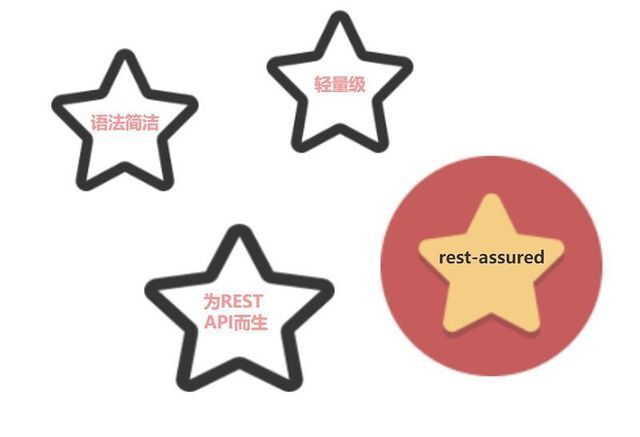
二、模拟 get 请求 雪球网是一个股票投资网站,你可以使用网站的搜索功能来查询股票信息,比如我们想查询 sougou 的信息,下 面利用了 charles 分析工具来查看请求和回答:

这是一个 Get 请求,返回的内容格式如下:
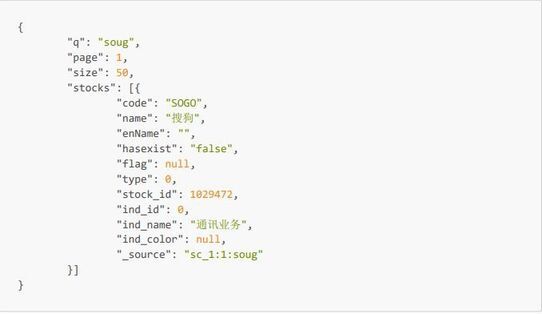
现在,我们使用 Rest-Assured 来编写一个简单的测试程序调用相同的 Get 请求:
第一步,我们要判断这是什么格式数据:json
第二步,确定请求地址:从 charles 的结果中获取 y 为https://xueqiu.com/stock/search.json

第三步,填写表单:从 chrome 浏览器检查结果中查询 request 的 query 信息是 code:sougou

我们的代码也很简单:

返回的结果却很残酷:

与登陆账号,刷新页面有关的话,我首先想到了 cookie,网站都用 cookie 来保存账号相关信息,于是加入 cookie:
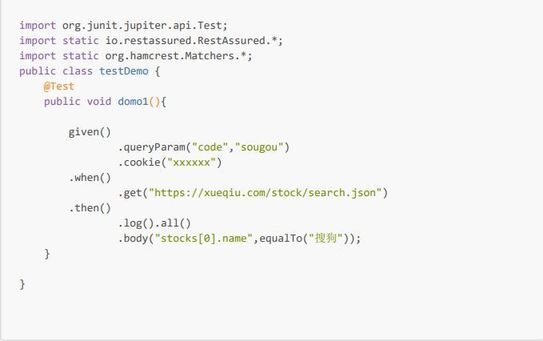
返回结果正确,你问我惊不惊喜,老实回答,不惊喜。因为我搞不明白为什么一个查询需要 cookie 验证,如果 不加 cookie,返回的信息却是没有登陆!
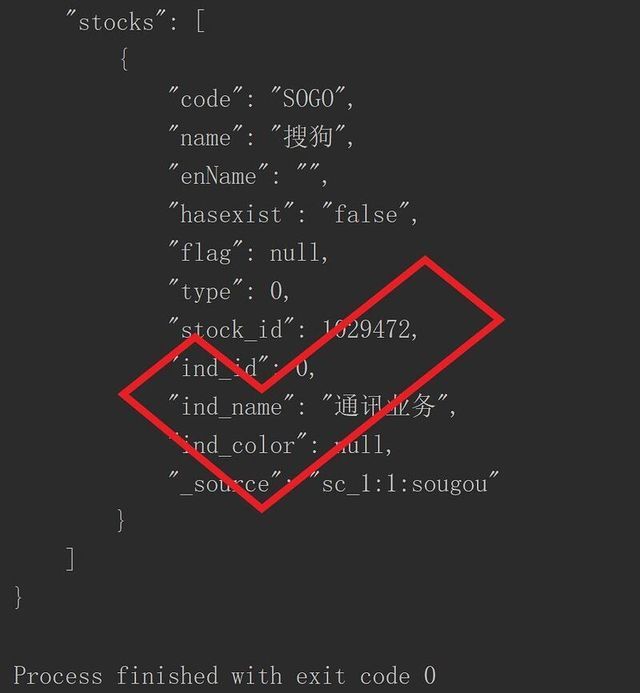
显然,我的 cookie 并不包含登陆信息,因为我压根就没有登陆,当然这是网站的设计,与 rest-assured 无关。
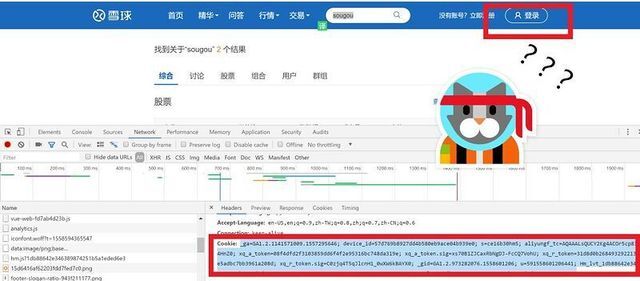
更进一步 怎么区别 xml 与 json
答:你看就知道了嘛,xml 长这个样子
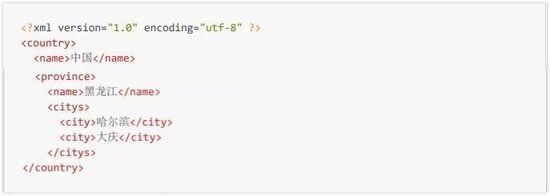
json 长这个样子

given,when,then 分别是什么

答:given 用于放置需要的参数,比如上面例子中,我将访问参数:code 和 cookie 放到了 given 里;when 用于填 写要访问的 url;then 进行断言,来来判断结果是否正确。
三、模拟 post 请求 有的时候,我们想提交表单,这种情况下使用 get 会非常被动,于是 post 登场了。

下面是代码。

我相信此时你的内心是这样的。

别着急,下面我会讲清楚… 在我大万维网世界中,TCP 就像汽车,我们用 TCP 来运输数据,它很可靠,从来不会发生丢件少件的现象。但是 如果路上跑的全是看起来一模一样的汽车,那这个世界看起来是一团混乱,非常紧急的警车可能被前面的汽车拦堵在路上,整个交通系统一定会瘫痪。

交通规则 HTTP 诞生了。HTTP 给汽车运输设定了好几个服务类别,有 GET, POST, PUT, DELETE 等等,HTTP 规定,当执行 GET 请求的时候,要给汽车贴上 GET 的标签(设置 method 为 GET),而且要求 把传送的数据放在车顶上(url 中)以方便记录。如果是 POST 请求,就要在车上贴上 POST 的标签,并把货物放 在车厢里。当然,你也可以在 GET 的时候往车厢内偷偷藏点货物,但是这是很不光彩;也可以在 POST 的时候在车顶上也放一些数据,让人觉得傻乎乎的。HTTP 只是个行为准则,而 TCP 才是 GET 和 POST 怎么实现的基本。

四、使用断言 使用 equalTo 在前面,我们使用了 equalTo 判断值是否是“搜狗”:

它的作用显而易见:判断值是否相同。比如下面的例子
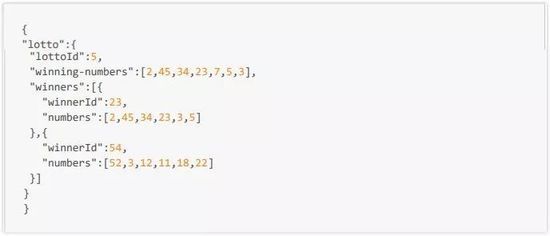
如果你想验证 lottoId 是否等于 5,你可以这样做:

使用 hasItems
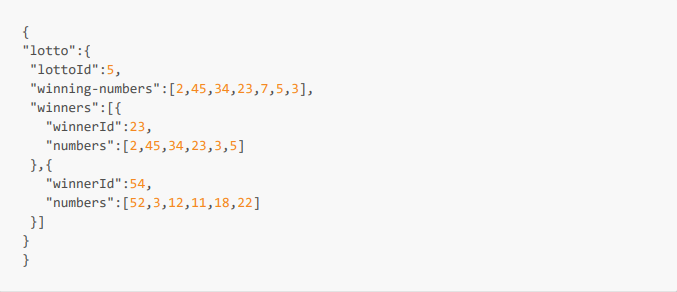

你可以用再次 equalTo(),对 winnerId[0]用一次,对 winnerId[1]用一次。

哈哈,当然不是。你可以使用 hasItems,它是这么使用的:

从根开始定位


额…请教王师傅。
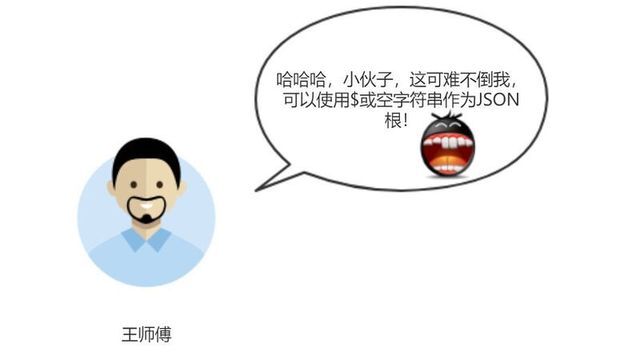
比如下面的代码,我们可以这么验证:

使用 find
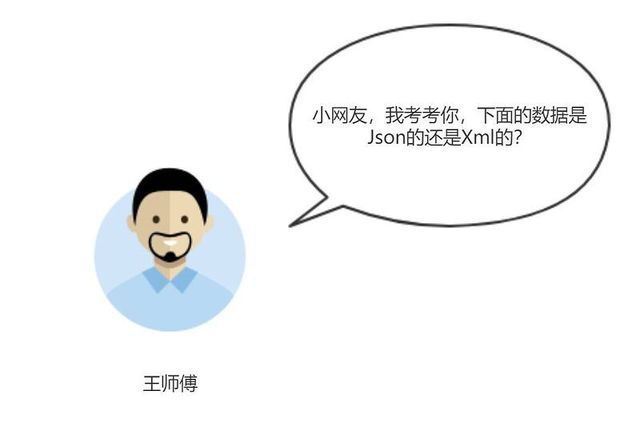
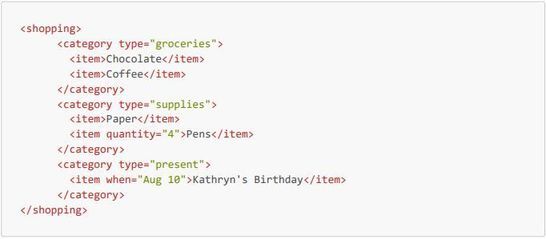
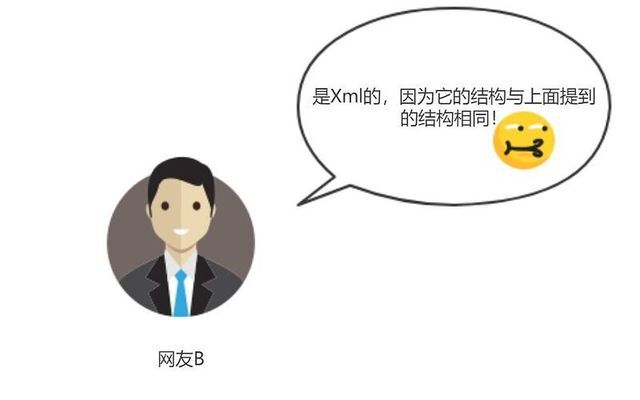
答对了,请一定要记住 xml 和 json 的区别,不要混谈,那么你能编写一个测试来验证杂货(groceries)的类别是 否包含巧克力(Chocolate)和咖啡(Coffe)吗?


这确实达到了我的要求,但代码明显有很多 bug,如果我更改了 category 的位置,像下面这样,你的代码就不 适用了,我不难为你了,请王师傅来解答吧:
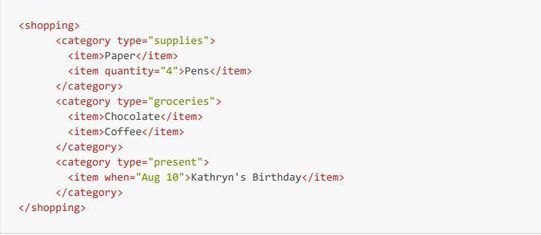


find 的用法展示的很清楚,不需要我多讲,当然还有一点要注意,你可以这么使用 find:

**是个特殊用法,它从 xml 文档根部开始,进行深度搜索,直到找到符合我们需要的项。
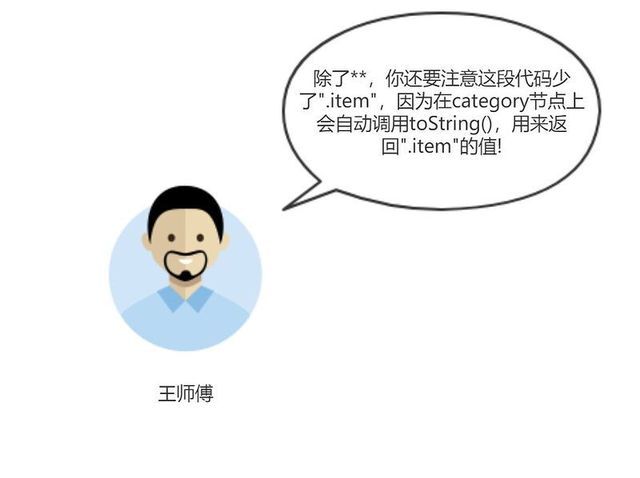
使用 findAll
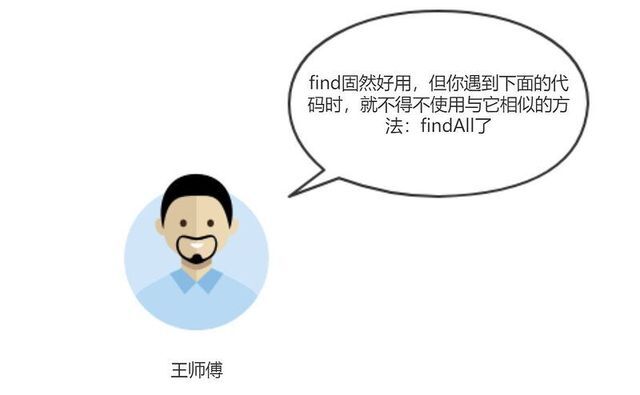
现在我手头只有 20 块钱,我只能买两本书,我更喜欢世纪的谚语和白鲸记,现在的任务是:挑选出格低于 10 的书籍,并且标题是“世纪的谚语(Sayings of the Century)”和“白鲸记(Moby Dick)”


对的,这时候应该使用 findAll,可以粗鲁的认为多个 find 的叠加。findAll 可以筛选出一批符合要求的数据,而 find 只能筛选出一个符合要求的数据,这就像是我们只能挑出一个人领取一等奖,但有很多人可以拿参与奖, 两个方法都有自己的用武之地。
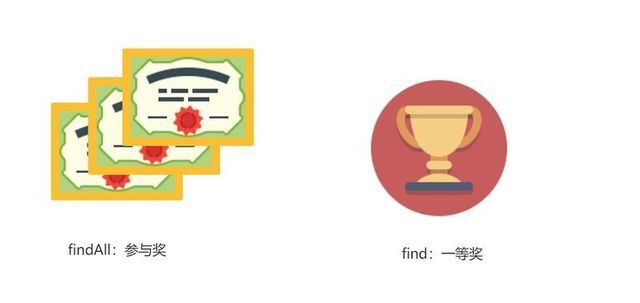
下面的代码展示了 findAll 的用法:

五、提取想要的值 有时候,我们并不想验证是否正确,我们只想取出这个值以进行下一步处理,比如我想取出 next 的链接:/title?page=2,这种情况怎么办呢?

下面的代码判断内容是不是 JSON,并且标题是 My Title 的话,就返回 href 链接/title?page=2,这个值被存放在 nextTitleLink 中,以供我们以后使用。
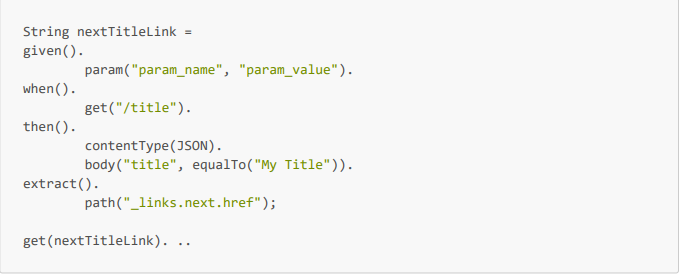


当然,有两点需要注意:
返回类型是 Response,我们可以用http://Response.xxx来二次提取想要的值。
extract().后面是 response()方法,不要写错了。
六、更改默认值 rest-assured 有很多默认值,也正因为如此,需要我们的填的参数可以很少,也可以很多,就像画画一样,可以很精致,也可以很简洁。

修改端口
rest-assured 发起请求时,默认使用的 host 为 localhost,端口为 8080,如果你想使用不同的端口,你可以这样做:

或者是这样

或者

修改 baseURI 和 basePath 你也可能改变默认的 baseURI、basePath

这就意味着,类似 get("/hello") 这样的一个请求,其实完整的请求为:http://myhost.com:80/resource/hello , 并且使用基础授权认证"username" and “password”。
其他 其他的默认值可以参考下面:
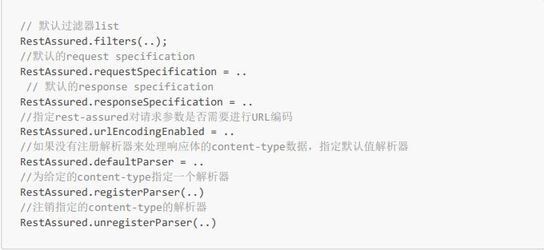
重置 你也可以重置为标准的 baseURL(localhost)、basePath(空)、标准端口 port(8080)、标准根路径 root path(" "),默 认的认证 scheme(none)以及 URL 编码(true),通过下面的方法重置:

七、specification 在不同的测试用例当中,我们可能会有重复的响应断言或者是请求参数,那么我们可以将重复的这一部分提取出来定义一个规范或者模板,这样的话在后续的测试用例当中就可以使用这个规范模板了。

为了达到这个效果,我们可以使用 RequestSpecBuilder 或 ResponseSpecBuilder 来实现,它们之间的区别 是,前者用在请求中,后者则用在 body 中。
ResponseSpecification 重用 例如,你想在多个测试用例中,都使用这样的断言:判断响应状态码是否为 200,并且 Json 数组"x.y"的大小是否 等于 2。你可以定义一个 ResponseSpecBuilder 来实现这个功能:
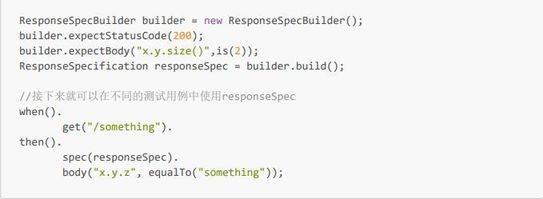
在这个例子中,需要重用的两个断言数据被定义在"responseSpec",并且与另外一个 body 断言合并,组成了这 个测试用例中全部的断言,那么这个测试用例需要全部断言都通过用例结果才会通过,一旦其中一个断言失 败,则测试用例的测试结果为失败。
RequestSpecification 重用 同样,假如你想在多个测试用例中重用请求数据,可以通过下面的代码来实现:
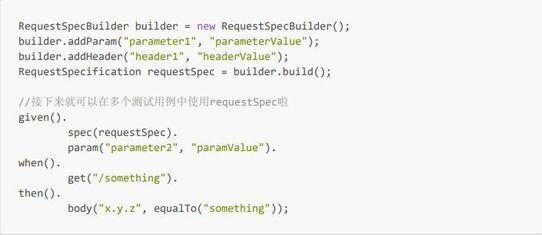
这里的请求数据被合并在"requestSpec"中,所以这个请求包含了两个参数(“parameter1"和"parameter2”)以及一 个头部(“header1”)。
更多学习资料戳下方!!!











评论